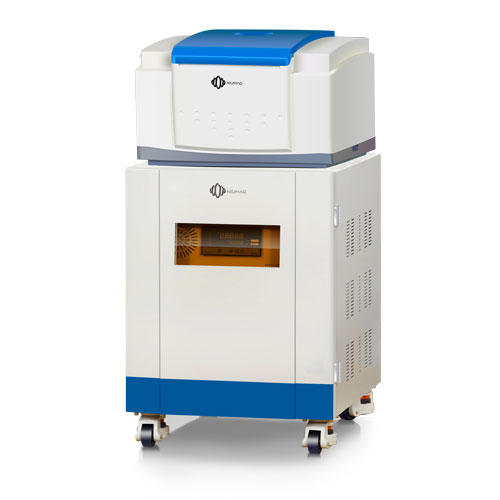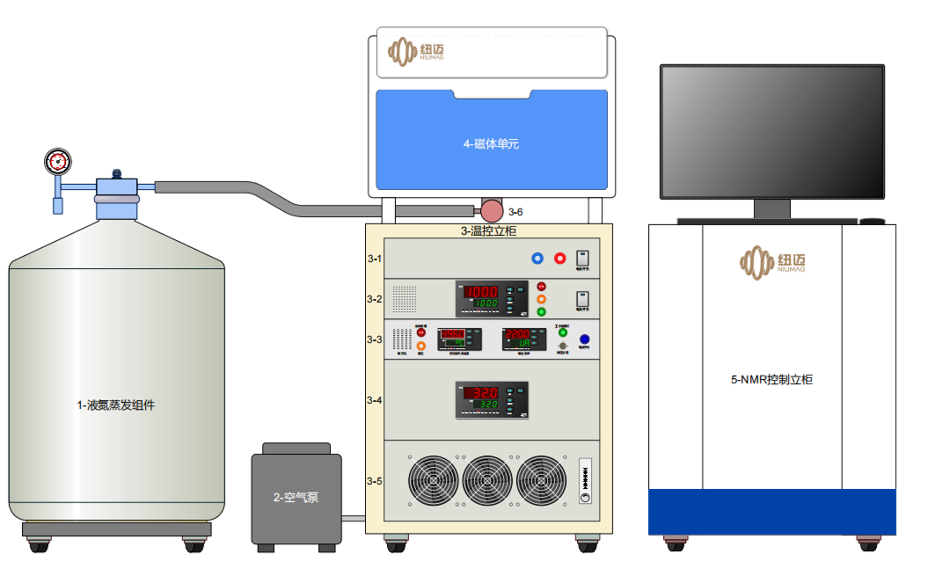Low-field benchtop nuclear magnetic resonance (NMR) has experienced significant development in recent years, evolving from a niche technology to a widely accessible and valuable analytical tool. Its rise can be attributed to several key factors, including technological advancements, cost reduction, and ease of use.

Technologically, low-field NMR systems have become more sensitive and reliable, enabling accurate measurements even with smaller samples. The development of high-performance magnets and electronics has allowed for a significant increase in signal-to-noise ratio, resulting in clearer spectra and more precise data.
Cost reduction has also played a crucial role in the popularity of low-field benchtop NMR. Traditionally, NMR systems were expensive and bulky, limiting their accessibility. However, with the advent of compact and cost-effective low-field NMR spectrometers, more laboratories and research groups can now afford this technology.
Ease of use is another significant advantage of low-field benchtop NMR. These systems are designed for simplicity, with user-friendly interfaces and minimal training requirements. This accessibility enables researchers from various backgrounds to quickly adopt and utilize NMR for their studies.

The benefits of low-field benchtop NMR are numerous. Firstly, it provides a rapid and non-destructive method for chemical analysis. Whether it’s for quality control, reaction monitoring, or material characterization, NMR offers insights into the molecular structure and dynamics of samples.
Secondly, low-field NMR systems are versatile and can be applied to a wide range of sample types, including solids, liquids, and gases. This flexibility allows researchers to explore various scientific questions and applications.
Lastly, the integration of low-field NMR with other analytical techniques, such as chromatography or mass spectrometry, enhances the overall analytical capabilities. This combination of techniques provides a comprehensive understanding of sample composition and structure.

In conclusion, the development of low-field benchtop NMR has revolutionized the field of analytical chemistry. Its accessibility, ease of use, and versatility make it an invaluable tool for researchers in various fields, from pharmaceutical research to environmental science. As technology continues to advance, the future of low-field NMR looks promising, with even more applications and capabilities to be discovered.
 NIUMAG
NIUMAG